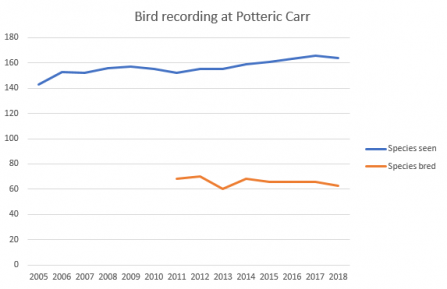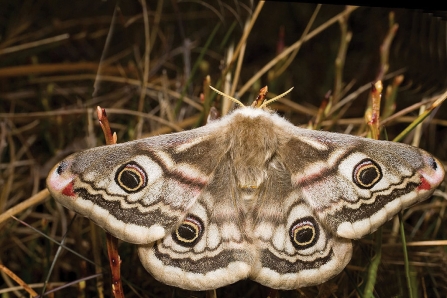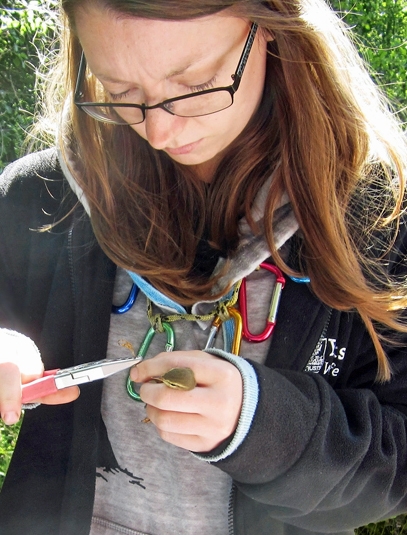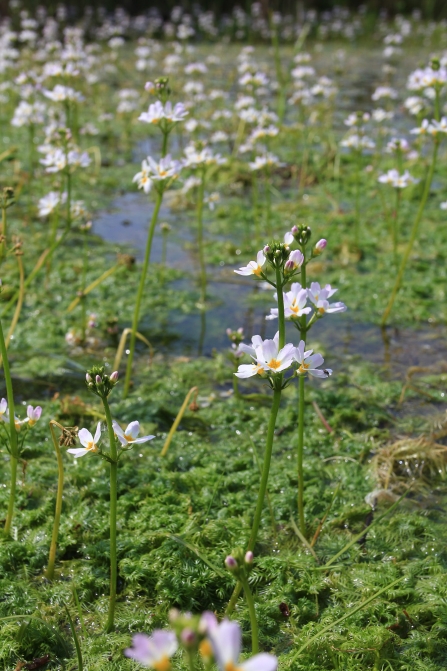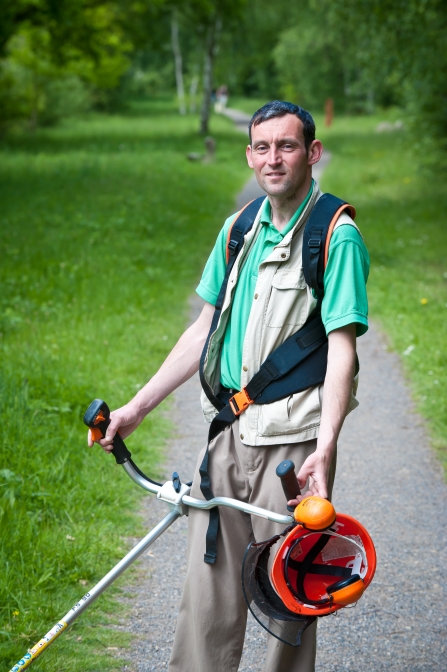Spring is the time when the wildlife monitoring group at Potteric Carr think about what they want to achieve for the year. Most wildlife recording takes places from spring to autumn. This is because:
- species are breeding
- plants are flowering
- invertebrates are more active
Potteric Carr is lucky to have a dedicated group of volunteers. They investigate all sorts of things related to biodiversity on the nature reserve.
Birds have long been the core interest of the site. Sue Bird and Dave Carroll (amongst others) have been recording the breeding success of birds at Potteric Carr for years. In 2019 they hope to study the common tit species, and how these birds use the nature reserve.
The species of tit are:
- blue tit
- great tit
- willow tit
- coal tit
- marsh tit
Blue tit and great tit are common, but coal tit and willow tit are much less common. We don't believe marsh tit breed at the reserve, but they are seen every year.
Sue’s husband Roger has been recording nest box use (which species, how many eggs, how many fledge) for many years, so for blue tits and great tits his work will be a great help.

